Editor’s note: A team of archaeologists, doctors, natural historians, earth scientists, life scientists and anthropologists collaborated in this research and subsequent findings. Three of the 12 are from Hebrew University: Leore Grosman and Francesco Valleta from the Institute of Archaeology, and Rebecca Biton from the National Natural History Collections.
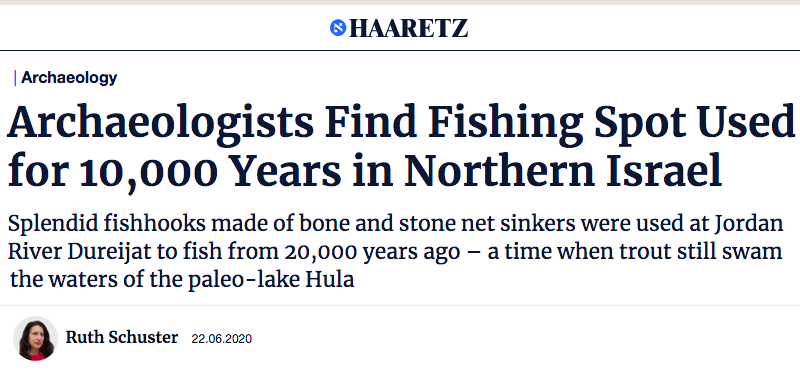
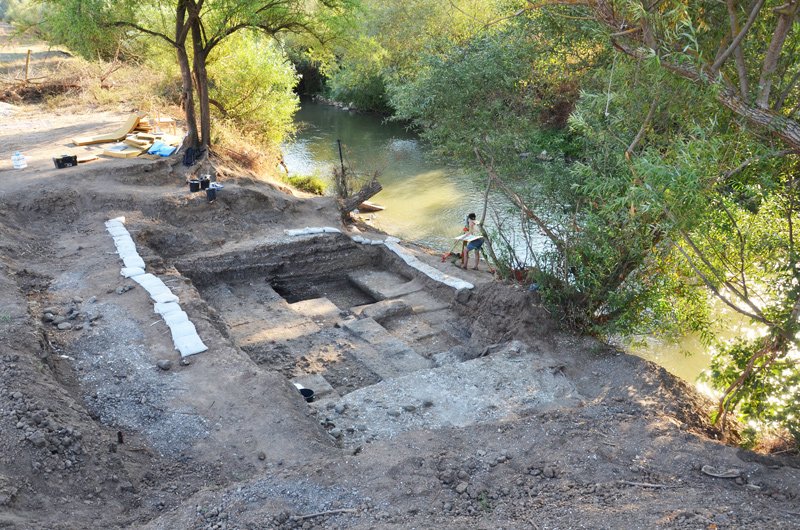
People like to eat fish. In fact, the predilection for piscines predates humankind itself. There is thinking that archaic hominins in southeast Asia were eating shellfish and maybe a primordial Javan even scratched a zigzag on a clamshell half a million years ago. Almost 2 million years ago in Kenya, hominins were eating fish as well as turtle and crocodile. Even Homo erectus didn’t exist yet, let alone modern humans.
Fast-forwarding almost two million years and moving from the Koobi Fora Formation in Kenya to northern Israel, archaeologists have found a site that had apparently been devoted to fishing for around 10,000 years.
It doesn’t seem that anybody lived at this particular site on the shore of the paleo-lake Hula during this period from about 20,000 to 10,000 years ago – if only because the water level of the lake kept rising and falling, and it was soggy. No evidence of settlement has been found. But plenty of evidence has been found that smacks of fishing, including unmistakable fishhooks made of bone, fish bones and a plethora of what could plausibly have been limestone net sinkers. Thus reports the team led by Prof. Gonen Sharon of Tel-Hai College in the Galilee, with colleagues from the Hebrew University, Tel Aviv University, Bar-Ilan University, the University of Iceland, University of Tarragona and the University of Connecticut, in the journal of PaleoAnthropology.
Israel and the Levant are dotted with sites from the Epipaleolithic, the transitional time between the peak of the Ice Age to the tentative start of settlement and farming in the Neolithic. Most other Epipaleolithic sites are marked by constant occupation, the team writes. But rarely do they “document” such a long period – almost the entire Epipaleolithic. Some even show signs of housing: evidence of huts were found in hunter-gatherer settlements by the Sea of Galilee from 23,000 years ago and northern Jordan from 20,000 years ago, signs of settlement predating agriculture.
Jordan River Dureijat is unique in being a site in which the prehistoric people didn’t live but did apparently use for a specific activity: exploiting aquatic and semi-aquatic resources such as mollusks, crabs, turtles and amphibians in the paleo-lake, the team concludes.
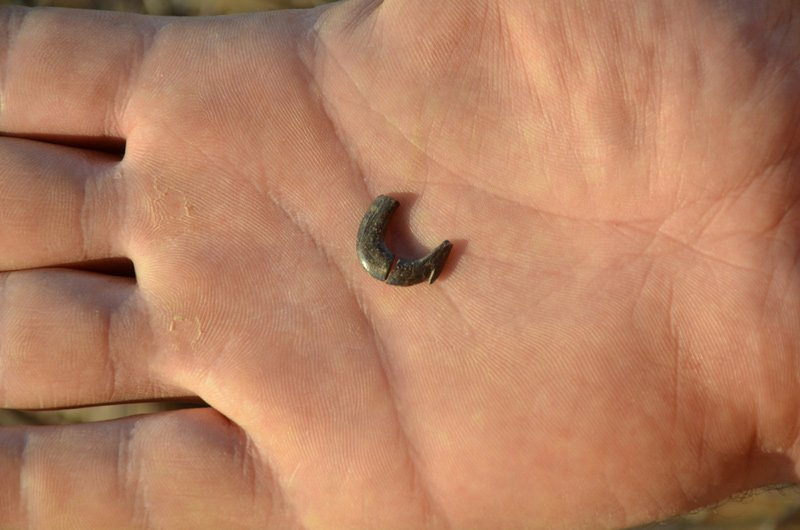
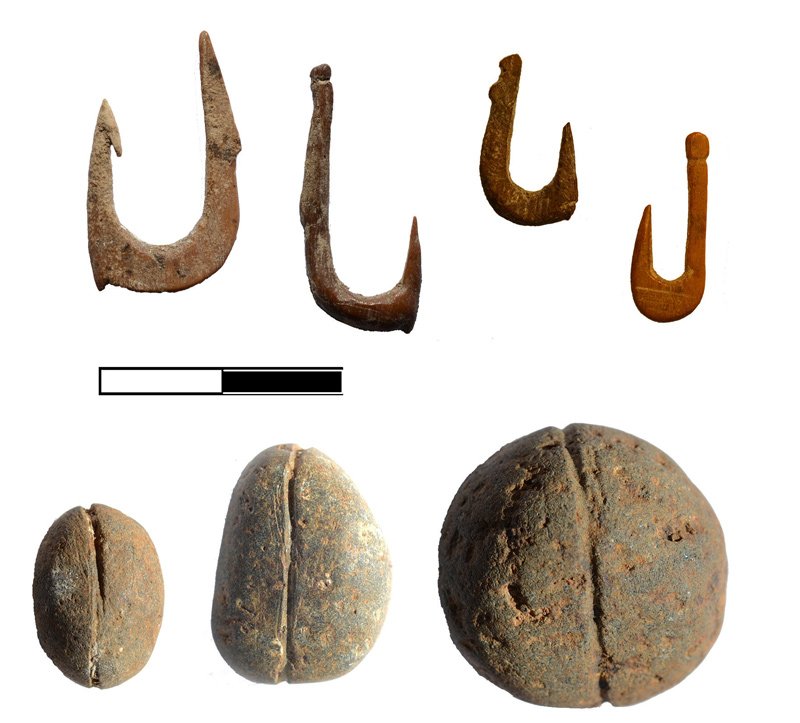
In other words, the Epipaleolithic was a turbulent time marked by climate change: rising temperatures and sea levels (though this site is inland, it bears adding). As the period transited into the Neolithic, there is even thinking that various skills such as agriculture developed independently in the Levant and Eurasia as the environment became more comfortable.
Science is still working on how the climate actually changed in this part of the world during the Epipaleolithic, Sharon clarifies. We know that global mean sea level rose as the ice sheets retreated and glaciers melted. But it isn’t clear how environmental conditions changed in the Levant.
“We’re in a great place to tackle such questions,” he says. “We’re still checking what we found. But it’s clear that during these 10,000 years, we start as small bands of hunter-gatherers and end it as large complex communities – a society based on an agricultural economy. Our site describes these two great processes,” Sharon says, referring to the environmental and socioeconomic changes.
On the banks of the River Jordan
Today, Jordan River Dureijat (JRD) sits on the east bank of the Jordan River, first coming to light during a massive drainage operation in 1999. In prehistory, the Jordan River wasn’t there: the site had been on the lakeshore or under water when the lake rose, as it would do, as attested by evidence of the different sediments – mud when water level is high; shells and sand when it drops.
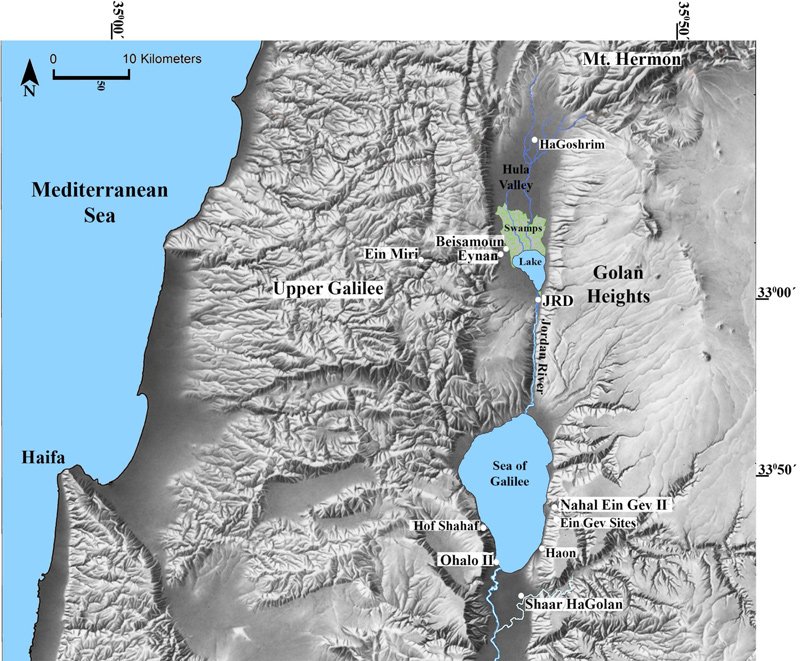
Back at JRD: the oldest layer the archaeologists found so far dates to roughly 20,000 years, a few thousand years after the Last Glacial Maximum, which was about 23,000 years ago. The youngest layer dates to around 10,000 years ago, which was within the Neolithic period in the Levant and Middle East. This was a time people in the region were gradually settling down in permanent villages, becoming more territorial and starting to grow crops: wheat, barley, oats and legumes, to name a few.
Organic materials do not ordinarily survive for years, let alone thousands of them, but happily for posterity the waterlogged conditions at JRD preserved organics from pollen to fruit, and from the bones of amphibians, bird and cows to fishing equipment and the detritus of meals.
At this uniquely preserved site, the archaeologists could actually follow the impact of the collapse of the glacial regime, Sharon tells Haaretz.

JRD is unique on other grounds too. Other sites from the Epipaleolithic were actual villages, but here the archaeologists seem to have found evidence of short events: the people came, fished, did what they did on the shore – which may have included making some stone tools – and left, based on the low density of archaeological artifacts in all the archaeological layers.
Yet among the finds were no fewer than 20 exquisitely manufactured fishhooks made of bone, seven of them complete. They would not have shamed a modern fisherperson. All are from the Natufian period (about 15,000 to 11,500 years ago).
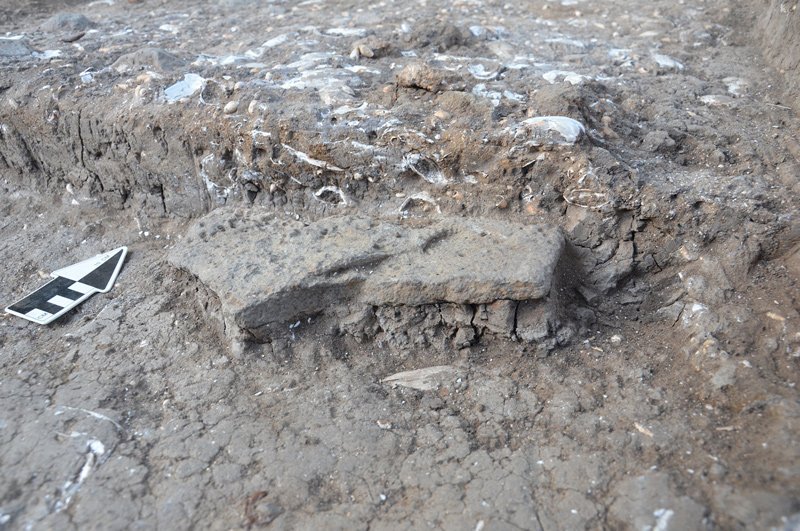
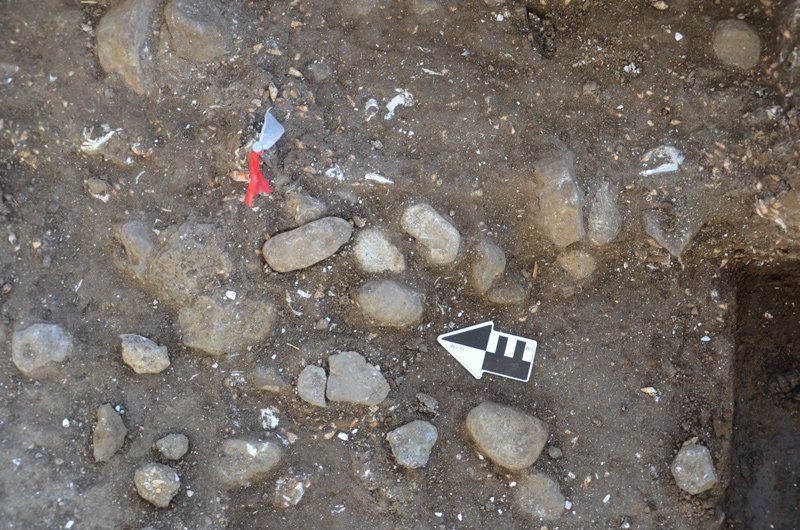
Each hook was unique in shape, but all were clearly shaped to be tied to a fine cord for line fishing, the team writes. The cord is long gone: we cannot know if the JRD fishers used plant or animal fiber.
Fishhooks have been found at other local Epipaleolithic sites, including the Natufian village of Eynan at the west part of the Hula Valley, only 9 kilometers (5.5 miles) from JRD, and Kebara Cave, Mount Carmel.
Biggest cache of net sinkers yet
The archaeologists also found that JRD was littered with basalt and limestone tools and stones throughout the archaeological record.
“Sedimentological and archaeological evidence, including the size and shape of the stones and their recovery from fine-grained sediments deposited in a low-energy aquatic setting, indicate that most, if not all, of these stones were brought to the site by humans,” they write.
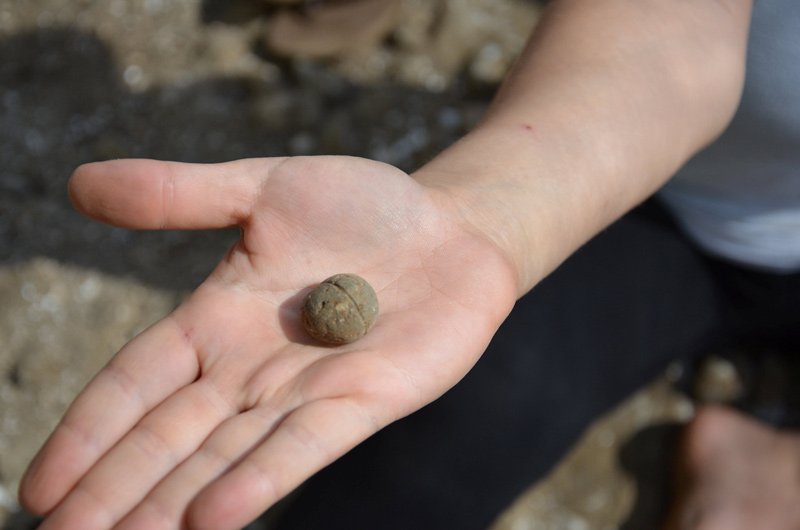
And why would the humans have done that? The biggest basalt rocks could have been used as anvils or working surfaces, but the characteristics of the vast majority of the limestone and basalt cobbles suggest they had been used as line weights or net sinkers.
“Or trap sinkers,” Sharon adds in conversation with Haaretz. “They used aquatic plants to fashion nets and traps, and also processed the fish there. They apparently had a whole world of activities they did there.”
At JRD, the team found the largest collection of net sinkers found to date: over 1,000. Many of the limestones were either chosen as slim, elongated “sausage” shapes, around 15 centimeters long, or were knapped into that shape and with modification around the waist (like a figure eight) to better tie on fishing cord or netting.
Basalt is harder than limestone, yet two of the basalt stones had also been notched into a sort of figure-of-eight form suitable for net sinking.
Modification of the stones became more common from the beginning of JRD’s timeline to its end; also, from the Natufian segment, the archaeologists found small grooved pebbles that they believe were used as fishing-line sinkers.
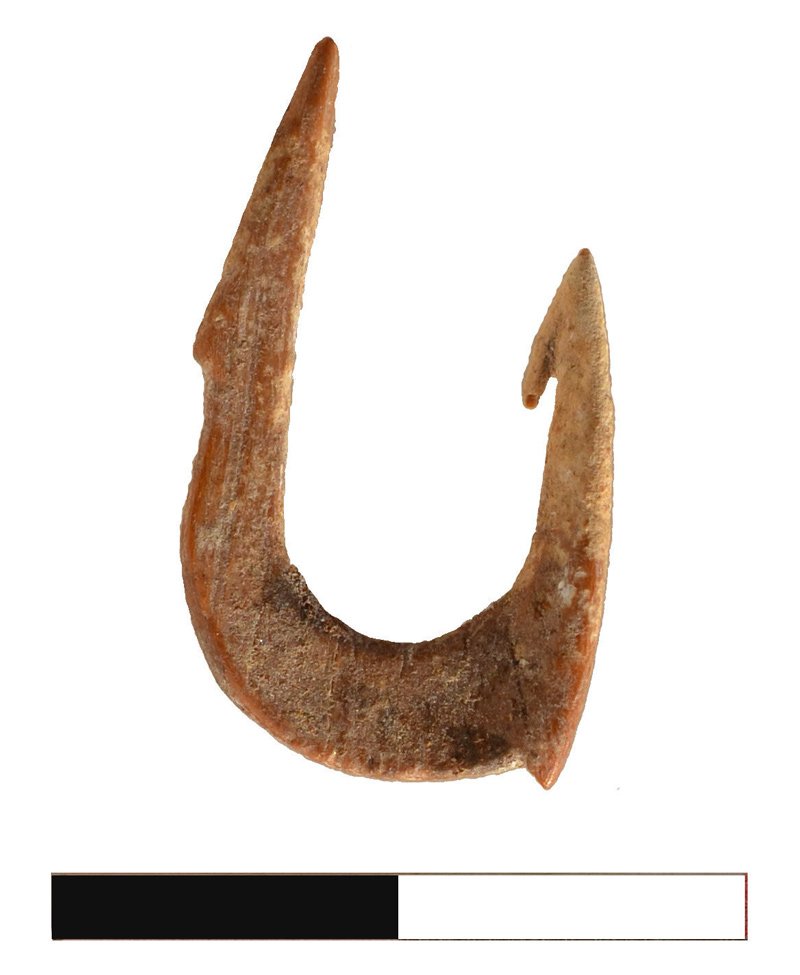
Net sinkers have been found at a number of sites in the Galilee and around the Sea of Galilee. Grooved pebbles were found at Eynan too.
The people would have used different stone – flint, limestone and basalt – for different tasks, like we use materials such as plastic, glass and metal today, Sharon explains.
It is quite clear to the archaeologists that notched stones were weights tied with string. “What could they have been be weighting down? A net. Or it could have been used as fish trap sinker,” Sharon says, qualifying that theoretically these weights could have been used in early looms. “Archaeologists call stones like that net sinkers because of contemporary examples. In Japan and parts of Africa, for instance, similar net sinkers were in use until some decades ago,” he adds.
Salmon surprise and giant carp
And what were these people fishing? Separate studies of fish bones found at the site showed species endemic to the Hula water system, as well as some surprises. One was a giant carp that grew up to 2.5 meters long. Another was trout.
“One doesn’t think of trout in the Hula Valley but in Russia, northern Eurasia and North America,” Sharon says, explaining that trout is a type of freshwater salmon. Yet though today it lives in cool waters, generally between 10 to 16 degrees Celsius (around 50 to 60 degrees Fahrenheit), evidently trout existed in the Hula paleo-lake until at least 10,000 years ago.
Trout bones were also found at the Epipaleolithic period of Eynan, which is so far the southernmost evidence of this fish family.
Apropos gigantic fish, at Gesher Benot Ya’akov and some other prehistoric sites, archaeologists found barbels that were also meters in length. Barbels are a whiskered relative of carp and still exist in the Sea of Galilee (aka Lake Kinneret).
At JRD, so far the archaeologists have found what seem to be fragmented remains of only one human – a young one. The scanty remains were unearthed within the same archaeological horizon but had been dispersed, suggesting a burial that had been disturbed in antiquity. It bears adding that burials in antiquity in general had been shallow affairs, lending to the possibility of scavenger disturbance after the event. In any case, the paucity of human bones may also lead credence to the theory that prehistoric JRD was a fishing spot for all those 10,000 years, and nothing more.